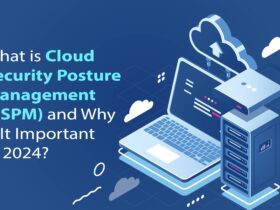Viavi Solutions Inc. released new industry data revealing that 5G connectivity has reached a tipping point globally as 5G networks are now active in 47 of the world’s 70 largest economies by GDP.
In its seventh annual “The State of 5G”, VIAVI revealed that there are 2,497 cities globally with commercial 5G networks, across 92 countries. A further 23 countries have pre-commercial 5G trials underway and 32 countries have announced their 5G intentions. This leaves just 48 countries, many of which are smaller island nations, that have not publicly announced plans for 5G.
A total of 18 countries announced their first 5G deployments in 2022. The new 5G countries include two of the largest developing economies, India and Mexico, as well as other emerging economies such as Angola, Ethiopia, and Guatemala. The data also revealed several other major trends relating to 5G deployments:
Also Read: Arc XP achieves AWS Media & Entertainment Competency Status
US displaces China to top the 5G cities leaderboard for the first time
The United States has topped the 5G cities leaderboard for the first time, displacing China, which was the leader in previous VIAVI State of 5G updates since 2021. In the U.S., the number of cities with 5G networks has grown significantly to 503, compared with just 297 in May 2022, a 69 percent increase. In contrast, the number of 5G cities in China has remained static at 356 since the June 2021 update.
The number of 5G cities is just one aspect of the relative success of the two nations’ 5G evolution, with China ahead in other key metrics. The United States’ breadth of 5G coverage contrasts with China’s depth of 5G coverage, with China remaining ahead in data speeds, 5G subscribers and base stations deployed.
Manufacturing sector emerges as clear leader in Private 5G
The manufacturing sector has emerged as the clear leader for private 5G networks globally, with 44 percent of the publicly announced deployments, followed by logistics, education, transport, sports, utilities, and mining. This trend appears to suggest a clear pragmatism about how the business world is tackling private 5G, where organizations with the biggest connectivity pain points and greatest opportunities for smart applications are naturally emerging as the Private 5G front-runners.
Businesses within these sectors often operate in challenging environments where high-speed connectivity may not be a given. These verticals also cross over with the sectors where IoT applications have evolved most strongly, leading to discussions of smart factories, smart cities and so on. The close relationship between private 5G and IoT opportunities also coincides with a new realism among telecom operators about IoT being an almost entirely vertically-focused revenue opportunity.
SOURCE: PR Newswire

































